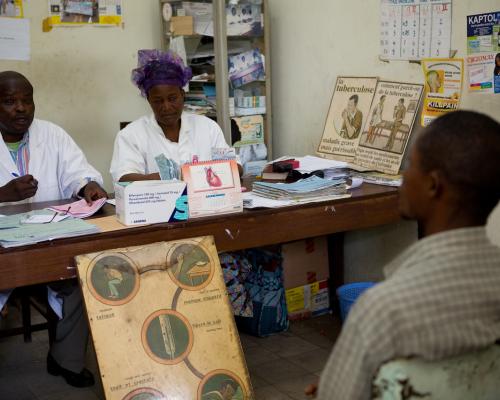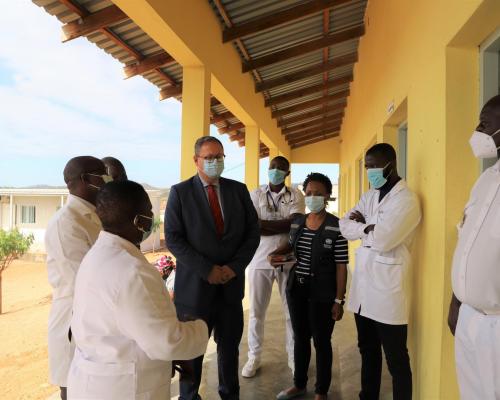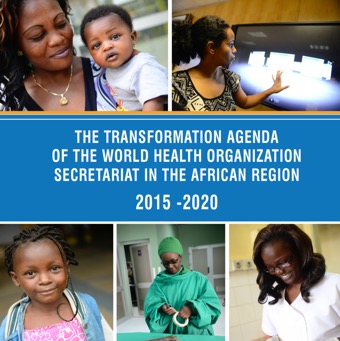On World Polio Day 2025, we stand together to celebrate Africa’s progress towards a continent free of polio, and renew our collective commitment to protecting every child from this preventable disease. This year’s theme, End Polio: Every Child, Every Vaccine, Everywhere, is a call to ensure that no child, in any setting, is left unprotected.
Across the African Region, countries have continued to advance towards this goal. The progress in 2025 reflects stronger cross-border coordination, expanded surveillance, improved laboratory capacity, and the use of digital tools to increase reach, efficiency and equity.
Between January and October 2025, 15 African countries reached nearly 200 million children with at least one dose of polio vaccine through supplementary immunization rounds. Thirteen countries mounted synchronized campaigns, including in highly challenging contexts. In the Horn of Africa, Djibouti, Ethiopia, Kenya and Somalia jointly vaccinated more than 18 million children in two consecutive rounds, demonstrating the impact of regional collaboration.
In the Lake Chad Basin and Sahel, cross-border synchronization has been key to reaching children in border communities. In April 2025, Ministers of Health launched a coordinated campaign to protect 83 million children across the sub-region.
These collective efforts are showing results. Comparing the number of African countries with active type 2 poliovirus outbreaks between 2024 and 2025 (as of October) declined from 24 to 14, and total virus detections dropped by 54%. Two countries reported type 1 cases, 14 countries type 2 and 3 reported type 3 based on data as of October, 2025.
In May 2025, Madagascar officially declared the end of its circulating variant poliovirus type 1 outbreak after comprehensive response measures and sustained surveillance.
Progress is being sustained by stronger systems. By mid-2025, 11 WHO-supported laboratories had expanded genomic sequencing capacity, while six began piloting advanced techniques. Notably, Uganda’s Sanger facility was accredited early this year, improving detection and variant tracking.
Environmental surveillance has also expanded significantly. Today, 98% of countries in the WHO African Region have systems to monitor wastewater and sewage for polioviruses, providing early warnings of possible transmission, and enabling rapid response before the virus spreads.
Digital innovation is improving how frontline teams are supported and how data is used. More than 850 000 frontline workers across the region receive digital payments through mobile-money platforms, with 95% paid within 10 days of campaign completion. This has enhanced accountability and timeliness, especially in remote areas. Geospatial mapping by the WHO AFRO GIS Centre has also helped countries locate and reach children in previously missed populations, including nomadic and border communities.
Yet, the task is not complete. Declines in routine immunization coverage, interruptions to vaccination campaigns, insecurity and vaccine hesitancy continue to pose risks. To truly end polio, countries must sustain cross-border coordination, reach zero-dose and under-immunized children, expand surveillance and sequencing capacity, and maintain high-quality outbreak response.
Ending polio in Africa is about more than halting transmission. It means strengthening the systems, workforce and networks that sustain immunization, outbreak preparedness and resilient health services. The task ahead demands continued commitment, adequate financing and coordinated action at every level.
The last mile is always the hardest, but it is also the most important.
On this World Polio Day, let us renew our determination to reach every child, with every vaccine, everywhere – and to consign polio to history, forever.
Learn more:


